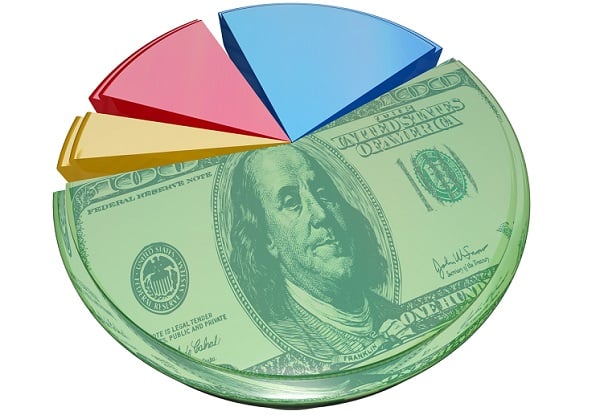 The latest report on health care payments shows “additional opportunities to increase payments through episode- and population-based payments that have additional risk.” (Image: Shutterstock)
The latest report on health care payments shows “additional opportunities to increase payments through episode- and population-based payments that have additional risk.” (Image: Shutterstock)
According to a report from the Learning & Action Network, launched in March of 2015 by the U.S. Department of Health and Human Services, health care payments tied to alternative payment models—shared savings, shared risk, bundled payments and population-based payments—have risen at a steady pace from 23 percent over a two-year span to 34 percent of total U.S. health care payments in 2017.
High-level findings from the report indicate the breakdown of health care dollars within the four categories of the LAN's Refreshed APM Framework, with 41 percent of health care dollars in Category 1 (Fee-for-Service—No Link to Quality & Value); 25 percent in Category 2 (Fee-for-Service—Link to Quality & Value); and 34 percent in Categories 3 (APMs Built on Fee-for-Service Architecture) and 4 (Population-Based Payment).
Related: Fee-for-service is the crack cocaine of health care
LAN is a public-private partnership, “whose mission is to accelerate the health care system's transition to APMs that pay providers for quality care, improved health and lower costs.”
This is the first year that the LAN's Measurement Effort reported findings at the payment or subcategory level. Those findings indicate that most of the spending tied to Category 3 and 4 APMs falls within the Framework's 3A category, which focuses on shared savings. Only 12.5 percent of payments were made in Categories, 3B, 4A, 4B and 4C combined, which the LAN says shows “additional opportunities to increase payments through episode- and population-based payments that have additional risk.”
This is also the first time the LAN reported payment data by line of business—namely, commercial, Medicaid, Medicare Advantage, and FFS Medicare—instead of just across lines of business. As it did last year, the APM Measurement Effort includes FFS Medicare data, in addition to data from 61 health plans and 3 FFS Medicaid states, representing a total of 77 percent of covered lives in the U.S.
That breakdown indicates that Medicare Advantage had 49.5 percent of health care dollars in Categories 3 and 4; FFS Medicare had 38.3 percent of health care dollars in Categories 3 and 4; the commercial line of business had 28.3 percent of health care dollars in Categories 3 and 4; and Medicaid had 25 percent of health care dollars in Categories 3 and 4.
“Our health care spending is growing faster than our overall economy and by 2026, 1 in 5 dollars spent in the United States will be spent on healthcare,” CMS Administrator Seema Verma said.
Read more:
© Touchpoint Markets, All Rights Reserved. Request academic re-use from www.copyright.com. All other uses, submit a request to [email protected]. For more inforrmation visit Asset & Logo Licensing.






